Meet Mark Bennington, photographer extraordinaire. He’s an ex-Hollywood photographer who eventually made his way to Bollywood and NYC where he now specializes in portrait and editorial photography.
His most recent project is called America 2.0, a series of photographs of Millenial Muslims. Mark didn’t appreciate the portrayal of American Muslims as “the enemy” or “the other” and he saw how dangerous this narrative was, so he decided to contribute to the solution through the best way he knew how: photography.
We caught up with Mark to learn more about his photo series.
What motivated you to start the America 2.0 photo series? Is there a specific message you want to send with your photographs?
The idea germinated in the beginning of 2016 with all the Muslim/Trump rhetoric, however, I didn’t start photographing until the Summer (2016). So, it was definitely a direct response to, what I felt were, politicized images of American Muslims continually being depicted as a plagued foreign diaspora. I wanted to create images that showed youth just as themselves: young folks in New York City, who (by the way) just happen to be Muslim. Ultimately, I want people to see people first.
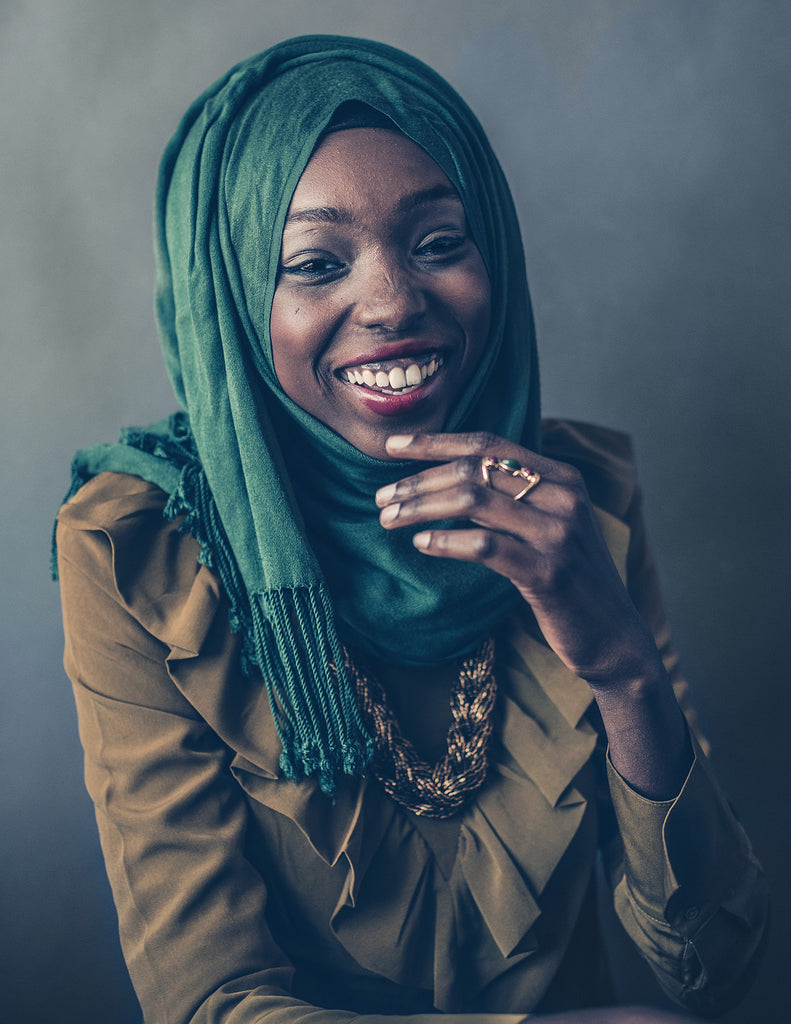
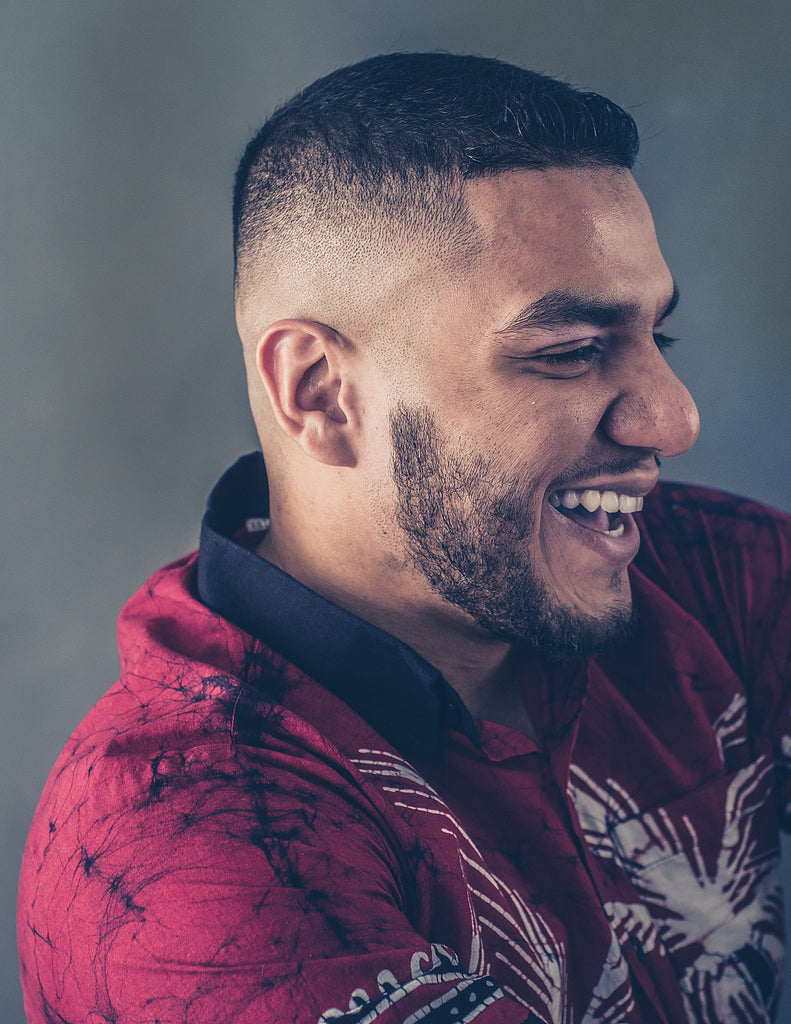
Did anything take you by surprise while you were working on this project?
Yes, I was surprised that while shooting this last year almost across the board, my subjects disliked both presidential candidates – with the exception of one avid Trump supporter. Almost everyone passionately wanted Bernie Sanders to be the Democratic candidate. Between Trump and Hillary, however, there seemed to be this tacit feeling that Hillary was going to win, so not to worry too much. Of course, as I’ve been in contact with many of my subjects post-election, the tone has changed. Most everyone is not only disappointed and angry but fearful of what this administration’s agenda will continue to put forward.

What moved you the most?
The response from the community here in New York City – this deep sense of appreciation and pride and longing to be seen and heard. The irony is, I don’t think I’m doing anything special. Important yes, but not special. I’m participating in a bigger cause and wanting to help someone other than myself – that should be the norm.
How did you choose your subjects?
This project, as with many journalistic endeavors, was a long winding path starting with a (Muslim) friend in Syracuse who put me in touch with his friend in NYC. While the NYC friend and I were having lunch, we serendipitously ran into a man who runs a local Muslim newspaper in the city, who in turn put me in touch with a Lieutenant in NYPD’s ‘New Immigrant Outreach Unit’, whose partner’s son’s friend was the president of the Muslim Student Association at Brooklyn Technical High School. This is how I connected with my first subject for the shoot and from there on out, the project mostly unfolded through word-of-mouth.
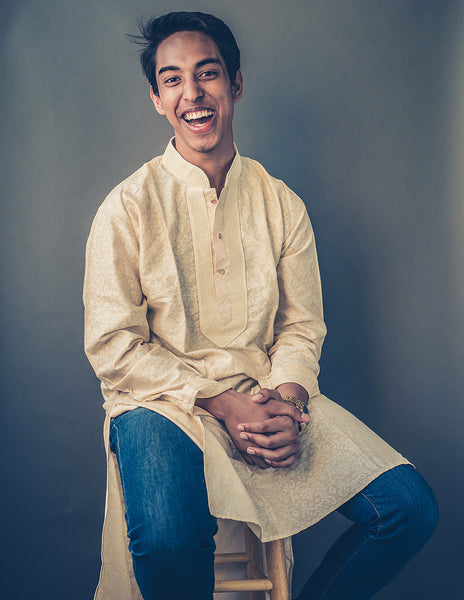
How did you come up with these particular images for this project, and what was your intended tone? Is there a method you use to choose and edit your pictures?
I had never really seen images of Muslim men or women laughing in any American newspaper, so the tone was born out of that idea. Create positive imagery that is 100% genuine. Then, I just selected the best images that fit into the narrative and followed a certain aesthetic for sequencing. Again, the idea was to capture youth just being themselves, plus I am a very thoughtful goofball when I’m shooting, so laughter comes quite easily.
Have there been any setbacks?
Not really.
It’s interesting that in this project, you stick to Millennial Muslims. Why that age specifically?
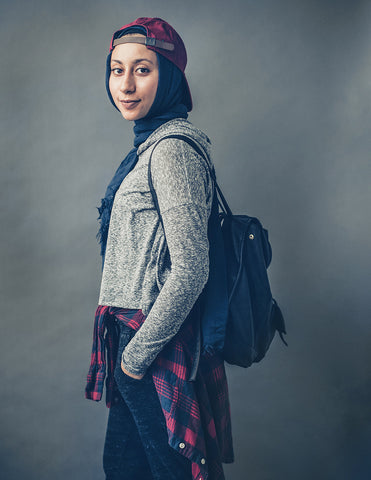 I wanted to keep it specifically about the voice of the Millennial mostly because of the 2016 election cycle and the focus on the first-time voter which is in itself a rich and complex issue. This is next-gen America and their voice deserves to be heard.
I wanted to keep it specifically about the voice of the Millennial mostly because of the 2016 election cycle and the focus on the first-time voter which is in itself a rich and complex issue. This is next-gen America and their voice deserves to be heard.
I know America 2.0 is still a work in progress, but what’s next? Do you plan on developing it further?
Yes! We are about to begin a Kickstarter campaign that will fund the printing, transportation, and installation of 40 images for a major outdoor, 3 location exhibit in Washington D.C. We want to take this kind of positive imagery to the heart of our democracy.
There’s this notion of “otherness” when it comes to Muslims in America. How does your work speak to that, and how does that compare to your experiences here and internationally?
Now more than ever, we, as the American public, are faced with images and propaganda of “the other” – be it Muslims, Mexican immigrants, the African-American community, the LGBTQ community, the list goes on. This is a crucial time, so focusing on something ‘normal’ and universal is what I felt I could best bring to the table – to keep it simple. It’s funny, when I’m in other countries – particularly India since I spend so much time there, I never think about my (Muslim) friends’ religion, whereas here in the States, there is a constant social reminder.
I don’t think I’m doing anything special. Important yes, but not special. I’m participating in a bigger cause and wanting to help someone other than myself – that should be the norm.
Why is this project so important to you?
I wanted to discover for myself, a middle-aged white guy from Northern California, the other side of the Muslim narrative – the side that speaks of everyday experiences, rites of passage, universal friendships, etc. My mother fought for civil rights and went into education in the 1960’s and my father is still a practicing psychologist, so, I was raised in a house of compassion and activism. I believe anyone who feels the urge to help their brethren should take it seriously through whatever means best suits them, and hopefully produce something unique and powerful in the process.
Does your previous work color how you approach America 2.0? Specifically your work in both Hollywood and Bollywood. Are there any connections between your work in those places, and this new project?
My work in Los Angeles has been solely commercial, but my work in India – Living the Dream: The Life of the ‘Bollywood’ Actor (HarperCollins, 2016) and Mi Mumbai have been, in a very fundamental way about the same theme, which is bypassing barriers of separation and creating unity. This is really the motivation I apply to all my work. 
Check out more of America 2.0 below.
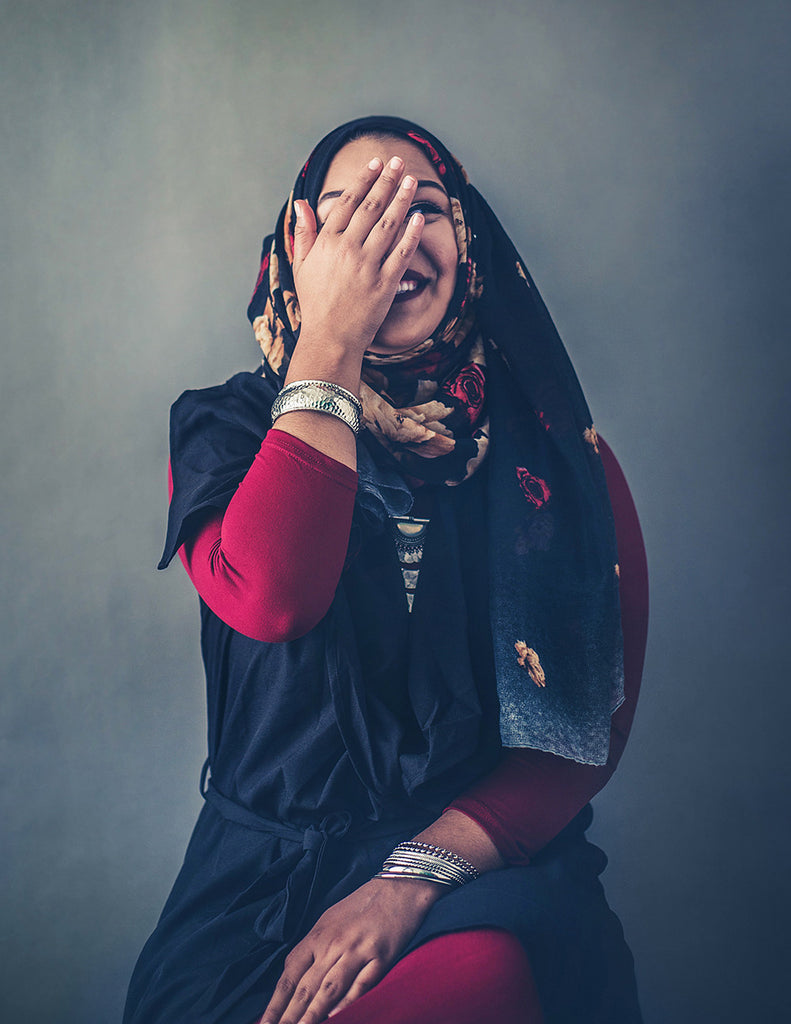


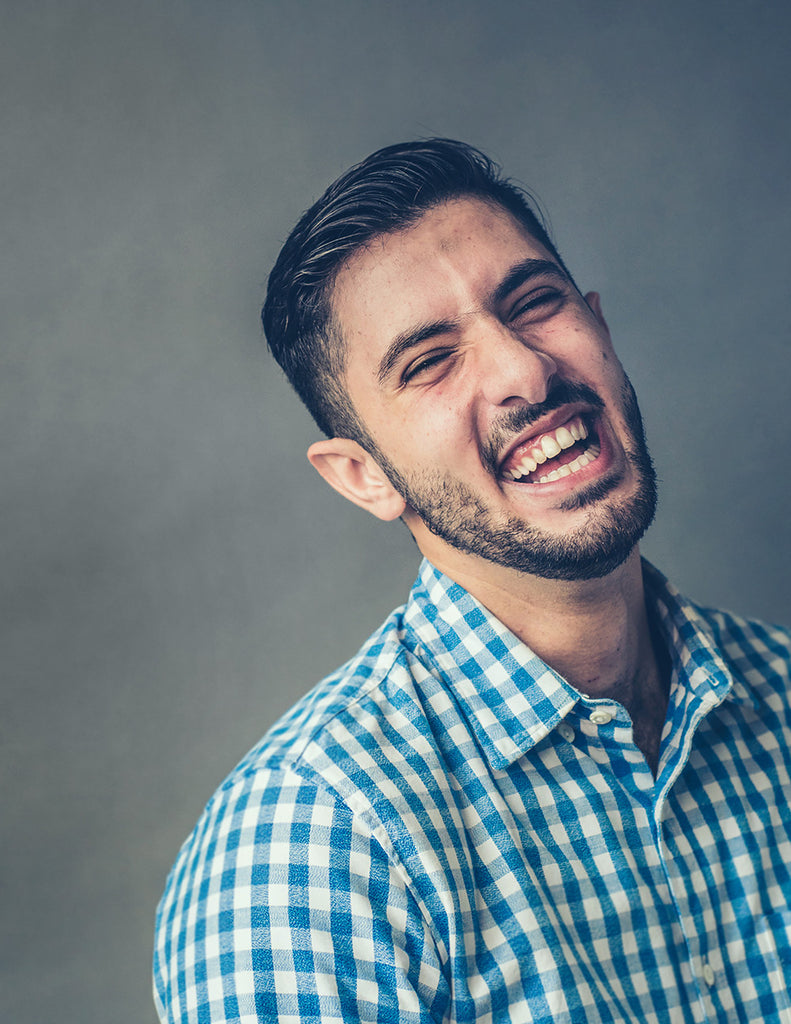
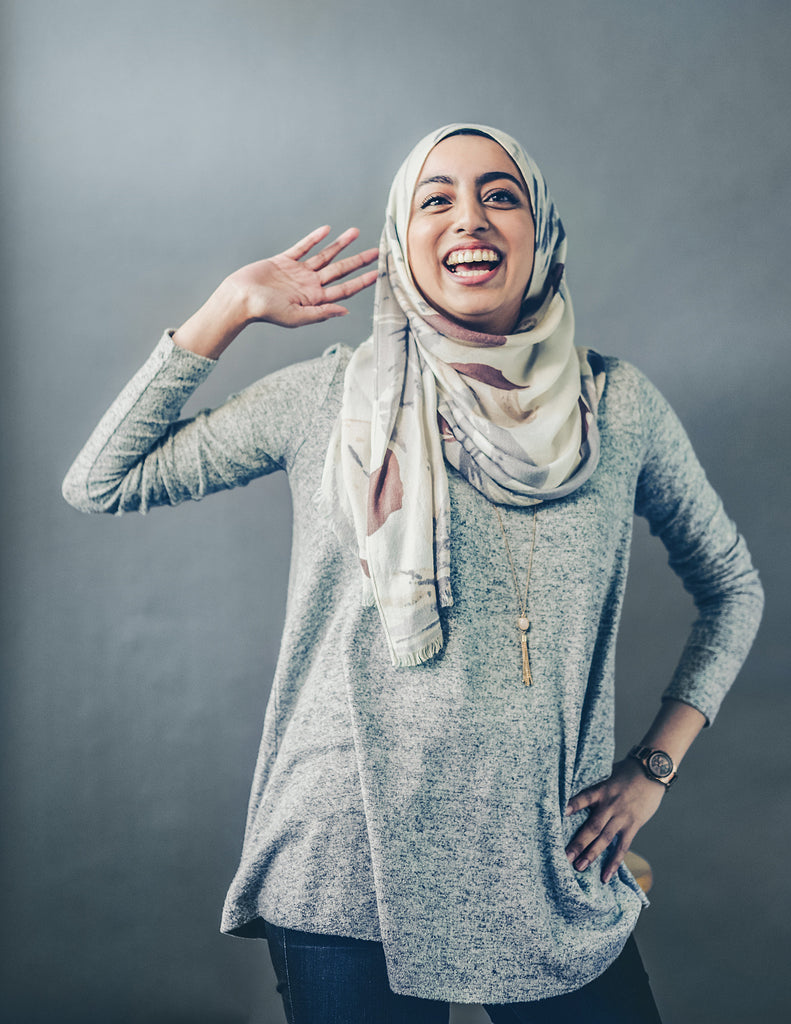
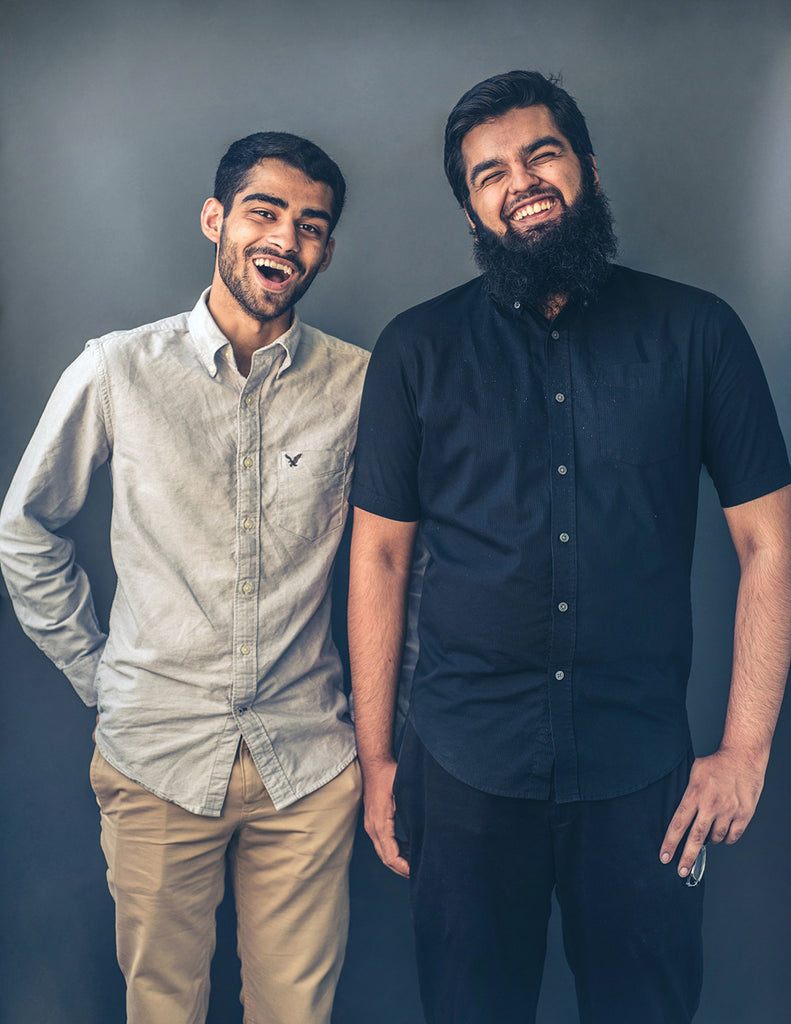
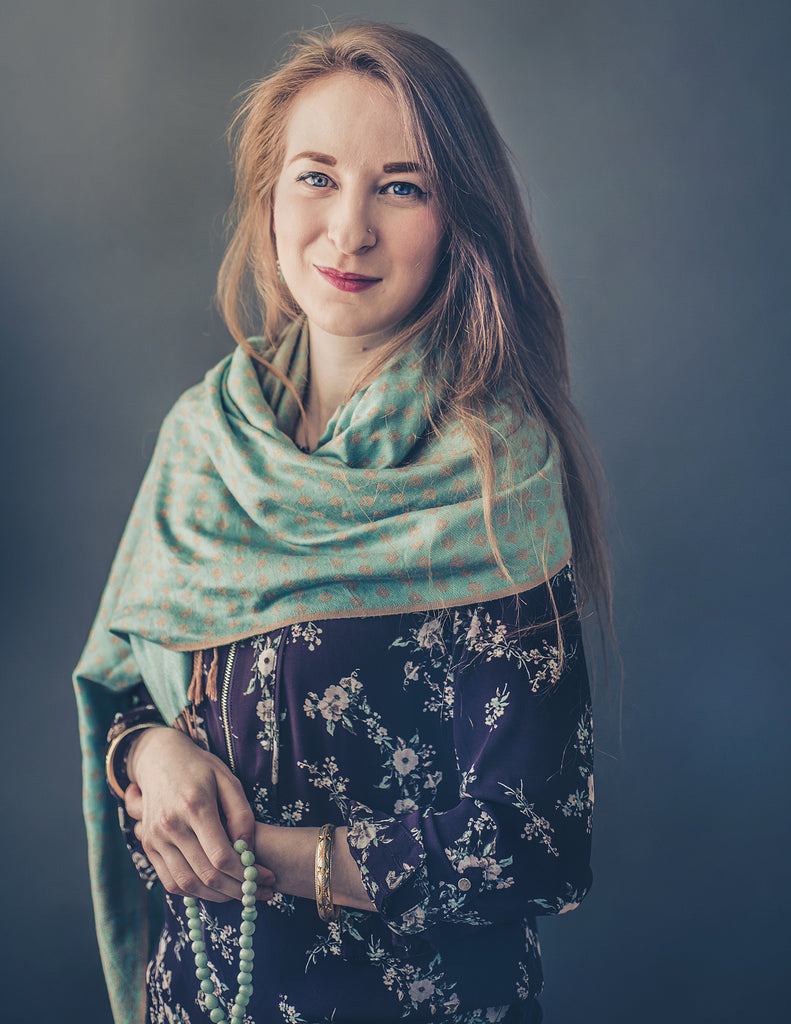


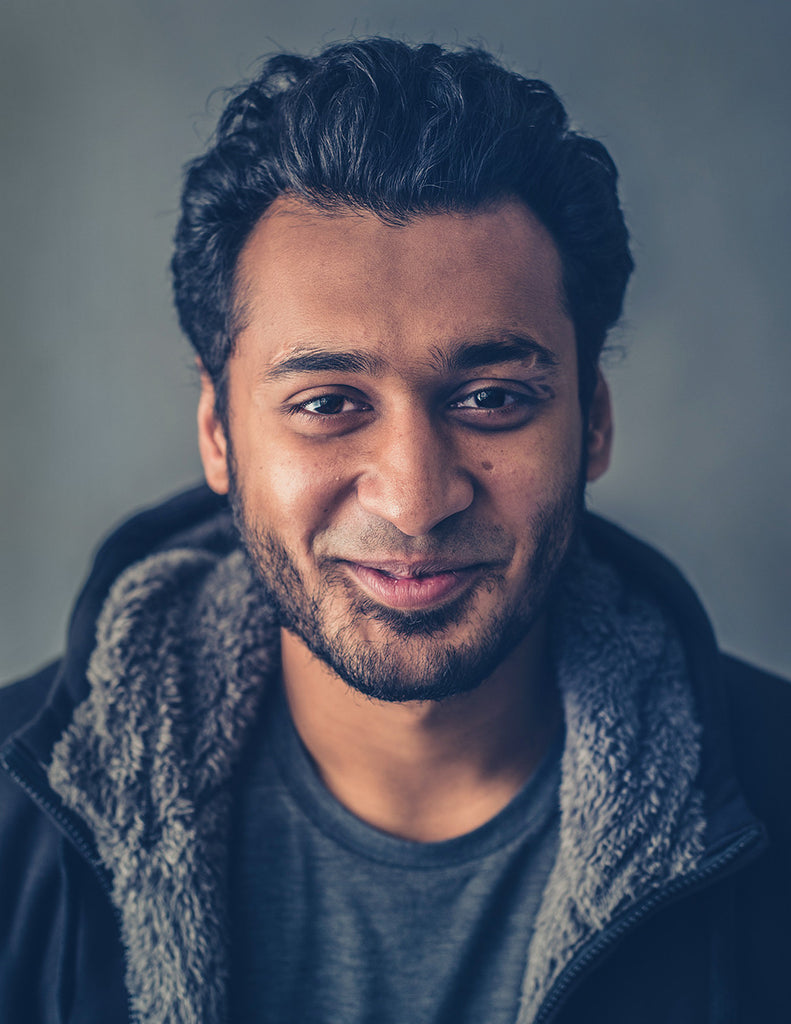
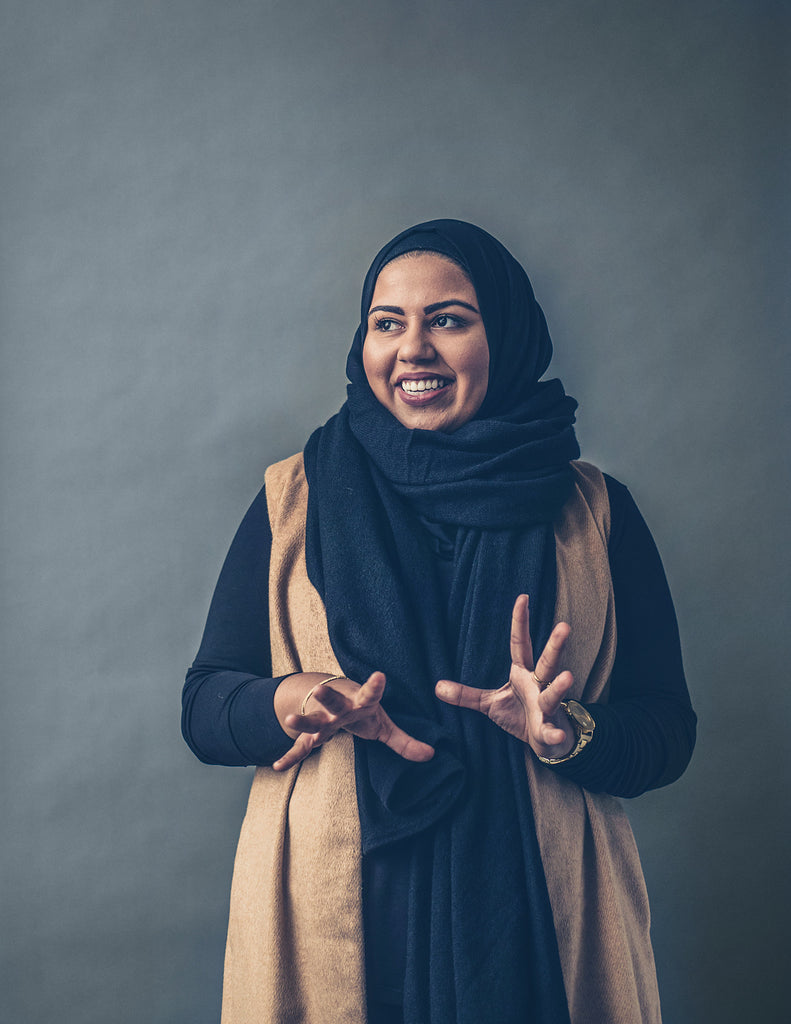
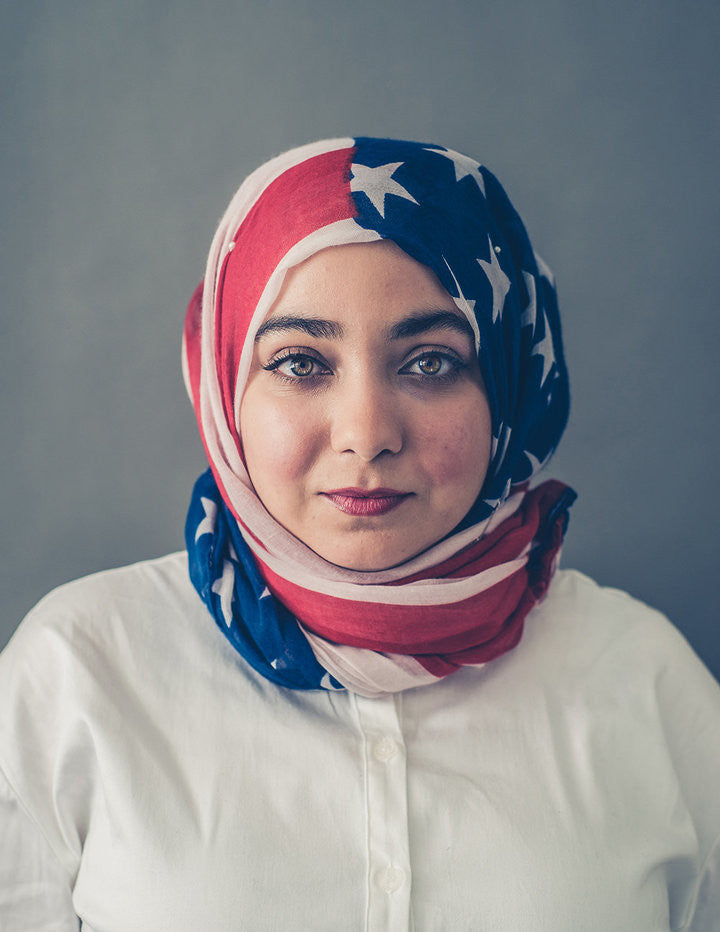
For more of the series, check out Mark’s website.
This interview was originally published on Hautehijab.com